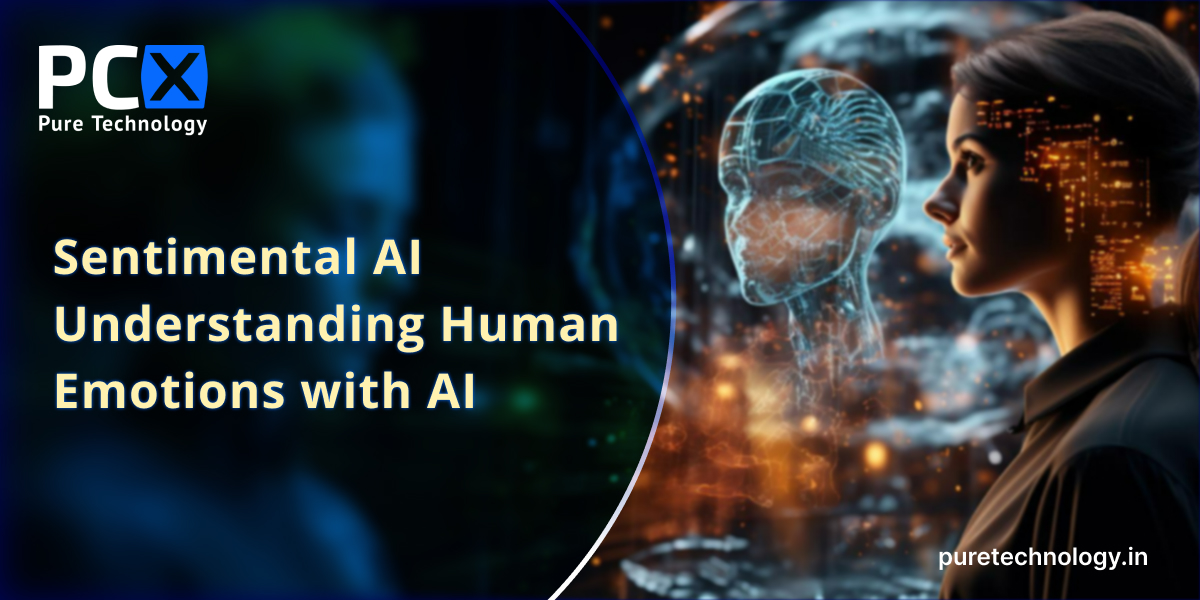Sentimental AI: Understanding Human Emotions with AI
Introduction
As artificial intelligence advances beyond task automation and data processing, it is increasingly gaining the capability to understand and respond to human emotions—a field known as Sentimental AI or AI-driven sentiment analysis. In 2025, Sentimental AI has matured into a critical technology that businesses leverage to enhance customer experience, improve employee engagement, and make smarter decisions by truly “reading between the lines.” Pure Technology helps organizations implement Sentimental AI solutions that decode emotional cues from text, speech, images, and videos, building deeper connections and creating more empathetic interactions.
What is Sentimental AI?
Sentimental AI refers to the suite of AI technologies that detect, analyze, and interpret the emotions expressed by humans in various forms of communication, such as text, voice tone, facial expressions, and body language. It uses natural language processing (NLP), machine learning, and computer vision to identify emotions like happiness, anger, sadness, fear, or surprise.
How Sentimental AI Works
- Natural Language Processing (NLP):
NLP algorithms analyze textual data from sources like social media, customer reviews, chatbots, and emails to classify sentiment as positive, neutral, or negative, and beyond into fine-grained emotions. Advanced models also detect sarcasm, intent, and context for accurate sentiment understanding. - Speech and Audio Analysis:
AI analyzes voice pitch, speed, and tone to detect emotions and stress levels during phone interactions and meetings. - Computer Vision:
Facial expression recognition models interpret emotions from images and videos by analyzing microexpressions and gestures. - Multimodal Emotion Recognition:
The strongest sentimental AI systems combine inputs from text, voice, and visual channels for holistic emotion insights.
Key Applications of Sentimental AI
- Customer Experience Management:
Real-time emotion tracking helps customer service teams provide empathetic, context-aware support, improving satisfaction and loyalty. - Brand Monitoring and Social Listening:
Brands gauge public sentiment across social media channels and instantly respond to crises or capitalize on positive trends. - Employee Engagement:
Organizations analyze employee feedback and sentiment to identify morale issues and optimize workplace culture. - Market Research:
Sentimental AI analyzes customer reactions to new products and campaigns, guiding strategic decisions. - Mental Health and Wellness:
AI-powered digital therapeutics and chatbots detect emotional distress and provide timely interventions.
Benefits of Sentimental AI
- Actionable Insights: Quickly distills large-scale, unstructured data into rich emotional intelligence.
- Personalization: Enables brands to tailor communications to customer moods and preferences.
- Proactive Problem Resolution: Early identification of dissatisfaction prevents churn and reputational damage.
- Enhanced Decision-Making: Emotion-aware analytics inform marketing, product, and HR strategies.
Challenges and Ethical Considerations
- Privacy and Consent: Handling sensitive emotional data requires clear user consent and robust security.
- Bias and Accuracy: Models must be trained on diverse datasets to avoid misinterpretations and cultural bias.
- Transparency: Users should understand how sentimental AI shapes decisions affecting them.
- Human-AI Balance: AI complements rather than replaces human judgment in sensitive emotional contexts.
Conclusion
Sentimental AI represents a paradigm shift in human-machine interaction, unlocking new possibilities for empathy-powered business strategies and social good. As this technology advances in 2025, organizations leveraging sentimental AI will lead in customer satisfaction, employee well-being, and innovative offerings. Pure Technology is your trusted partner in navigating the emotional intelligence revolution through AI.
Call us for a professional consultation












Leave a Reply